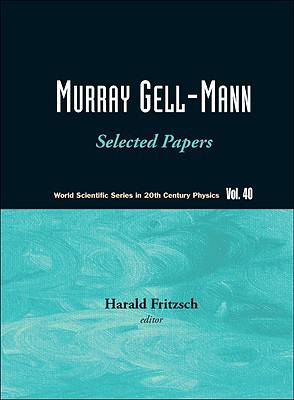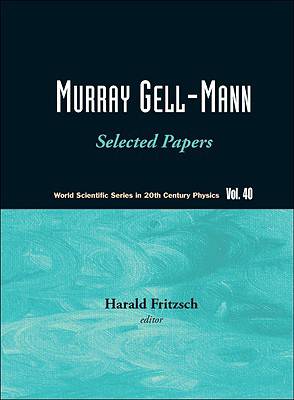
- Afhalen na 1 uur in een winkel met voorraad
- Gratis thuislevering in België vanaf € 30
- Ruim aanbod met 7 miljoen producten
- Afhalen na 1 uur in een winkel met voorraad
- Gratis thuislevering in België vanaf € 30
- Ruim aanbod met 7 miljoen producten
Zoeken
Murray Gell-Mann - Selected Papers
€ 73,45
+ 146 punten
Omschrijving
Murray Gell-Mann is one of the leading physicists of the world. He was awarded the Nobel Prize in Physics in 1969 for his work on the classification and symmetries of elementary particles, including the approximate SU(3) symmetry of hadrons. His list of publications is impressive; a number of his papers have become landmarks in physics. In 1953, Gell-Mann introduced the strangeness quantum number, conserved by the strong and electromagnetic interactions but not by the weak interaction. In 1954 he and F E Low proposed what was later called the renormalization group. In 1958 he and R P Feynman wrote an important article on the V-A theory of the weak interaction. In 1961 and 1962 he described his ideas about the SU(3) symmetry of hadrons and its violation, leading to the prediction of the Ω- particle. In 1964 he proposed the quark picture of hadrons. In 1971 he and H Fritzsch proposed the exactly conserved "color" quantum number and in 1972 they discussed what they later called quantum chromodynamics (QCD), the gauge theory of color. These major publications and many others are collected in this volume, providing physicists with easy access to much of Gell-Mann's work. Some of the articles are concerned with his recollections of the history of elementary particle physics in the third quarter of the twentieth century.
Specificaties
Betrokkenen
- Uitgeverij:
Inhoud
- Aantal bladzijden:
- 464
- Taal:
- Engels
- Reeks:
- Reeksnummer:
- nr. 40
Eigenschappen
- Productcode (EAN):
- 9789814261623
- Verschijningsdatum:
- 30/04/2010
- Uitvoering:
- Paperback
- Formaat:
- Trade paperback (VS)
- Afmetingen:
- 188 mm x 257 mm
- Gewicht:
- 975 g

Alleen bij Standaard Boekhandel
+ 146 punten op je klantenkaart van Standaard Boekhandel
Beoordelingen
We publiceren alleen reviews die voldoen aan de voorwaarden voor reviews. Bekijk onze voorwaarden voor reviews.










